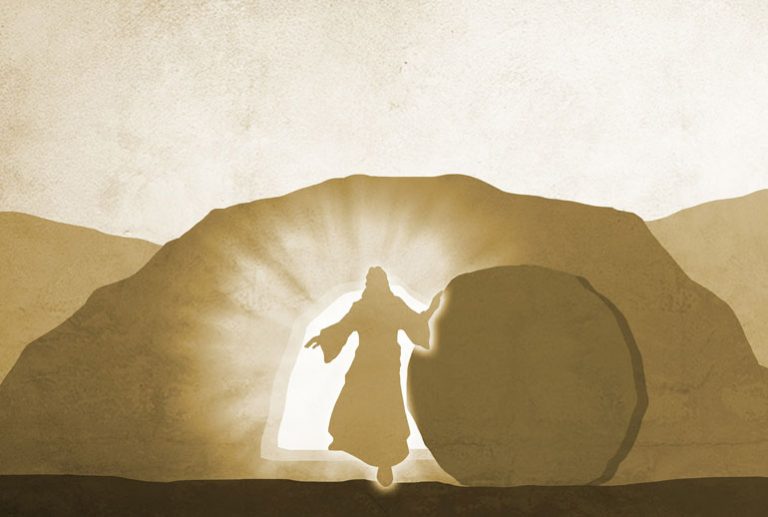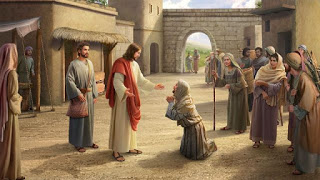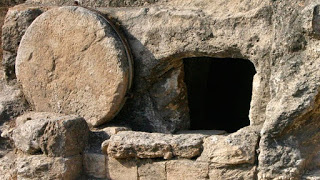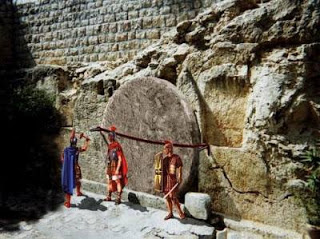Jesus gained popularity among the Jewish people not so much for the message of good news that He preached, but for the miracles He performed. He healed, restored, and fed them. As He Himself said: “Amen, amen, I say to you, you are looking for me not because you have seen signs but because you ate your fill of the loaves.” (John 6:26)
The people recognized that a special power flowed from Him—something that transformed everything it touched:
When she had heard about Jesus, she came up behind him in the crowd and touched his cloak. For she said, ‘If I can only touch his clothing, I shall be healed.’ Immediately, the flow of blood stopped, and she felt in her body that she was healed of her affliction. Jesus, aware at once that power had gone out from him, turned around in the crowd and asked, ‘Who touched my clothing?’ (Mark 5:27–30)
The thought of this woman perfectly mirrors the mindset of the crowd. This is why they sought Him and followed Him from place to place. In most Gospel scenes, Jesus appears surrounded by multitudes—people who loved to hear Him and see Him challenge the religious elite. Yet always present was the hope of a miracle, a healing, or a solution to their most urgent needs.
Many lived in expectation of His next arrival in their region, hoping merely to touch Him: “All the crowd sought to touch him, because power came forth from him and healed them all.” (Luke 6:19).
The Jews of His time venerated the tombs of prophets and other holy men, especially righteous martyrs: “Woe to you, scribes and Pharisees, hypocrites! You build the tombs of the prophets and adorn the memorials of the righteous.” (Matthew 23:29), “My brothers, I can tell you confidently that the patriarch David died and was buried, and his tomb is here among us to this day.” (Acts 2:29) or “Then Simon built a tomb for his father and his brothers and made it high so that it could be seen. He constructed seven pyramids facing one another for his father, his mother, and his four brothers.” (1 Maccabees 13:27–28)
Why, then, is there no historical, Christian, or secular record of a site where the body of Jesus was venerated?
When Jesus entered Jerusalem on the Sunday before His Passion, riding a donkey, the crowds rejoiced, laid down palms, and cried out “Hosanna”. His arrival drew great attention:
When He entered Jerusalem, the whole city was stirred and asked, ‘Who is this?’ And the crowds replied, ‘This is the prophet Jesus from Nazareth in Galilee.’ (Matthew 21:10–11)
This was the reality of Jesus’ reception: the people acknowledged Him as a prophet, but not as the Messiah. Yet among all the prophets of Israel, none performed as many works and miracles as Jesus. And still, while the tombs of those prophets were venerated, the tomb of Jesus was not.
Why?
The answer is simple: because the tomb of the Master was empty after three days, and it was never used again.
We know the final resting places of Abraham, Mohammed, Buddha, Confucius, Lao-Tzu, and Zoroaster. But where are the remains of Jesus?
Could this not be further evidence that His friends did not possess the body?







